However, the first visitor to LWR was a turkey vulture who seemed more stunned than anything else. I couldn’t find any signs of injury, so I placed him in the old duck pen outside (raptor flight was occupied) for overnight observation before making a vet trip…and didn’t think to snap a single photo. The next morning, he’d flown the coop—no sign of him anywhere. So obviously he was only stunned and just needed a safe space to recover.
Next, a call came in about a nest blown from the tree in the high winds we’ve had most of this week. The family had been watching the nest, and the caller said it was in the tree when she left to run errands and on the ground with one dead baby and one survivor when she got back 90 minutes later. Within an hour of her call, she had the baby, a nestling mourning dove, at LWR. She’s doing well and quite a sweet little dove, which is their normal personality. The second photo below is of the keratin accumulation in her nest overnight and into the early morning, where she preened the sheaths off her feathers.
It’s unusual to have such a young GHO this late in the year, as by this time they should be branchers—out of the nest on a branch or even the ground but still being fed by the parents. There’s a good possibility this wee one’s parents had a failed first nest and started over late in GHO nesting season, hence the late hatch.
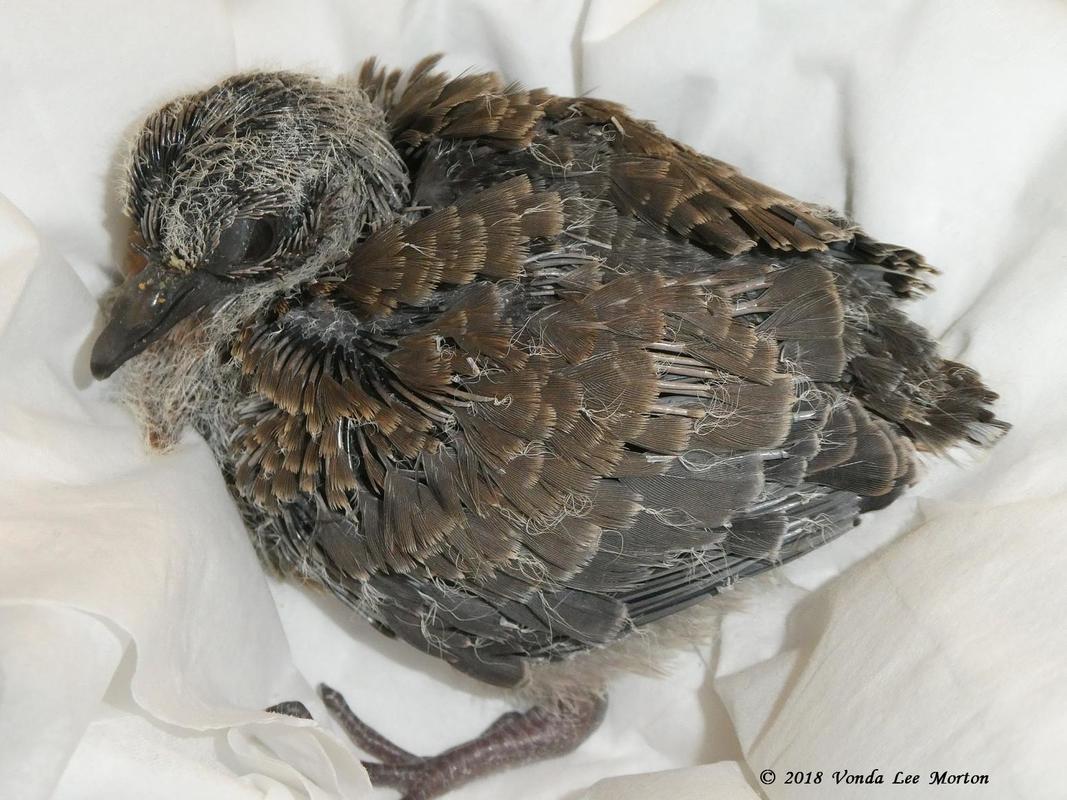
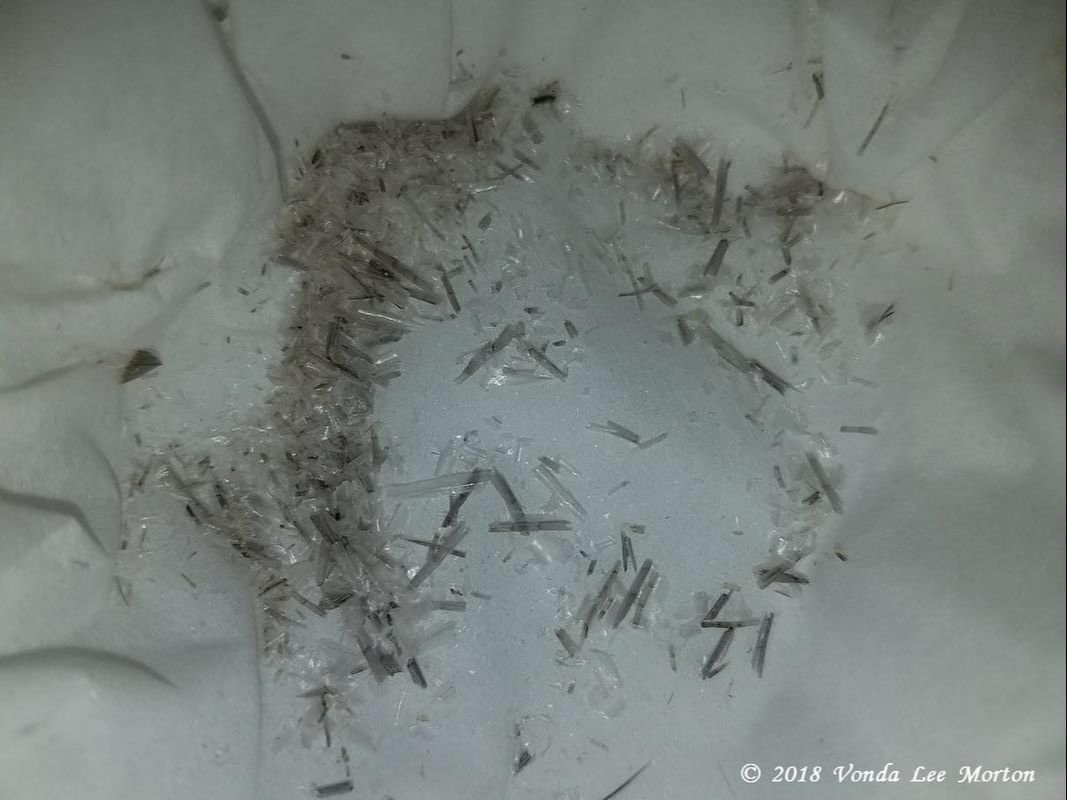
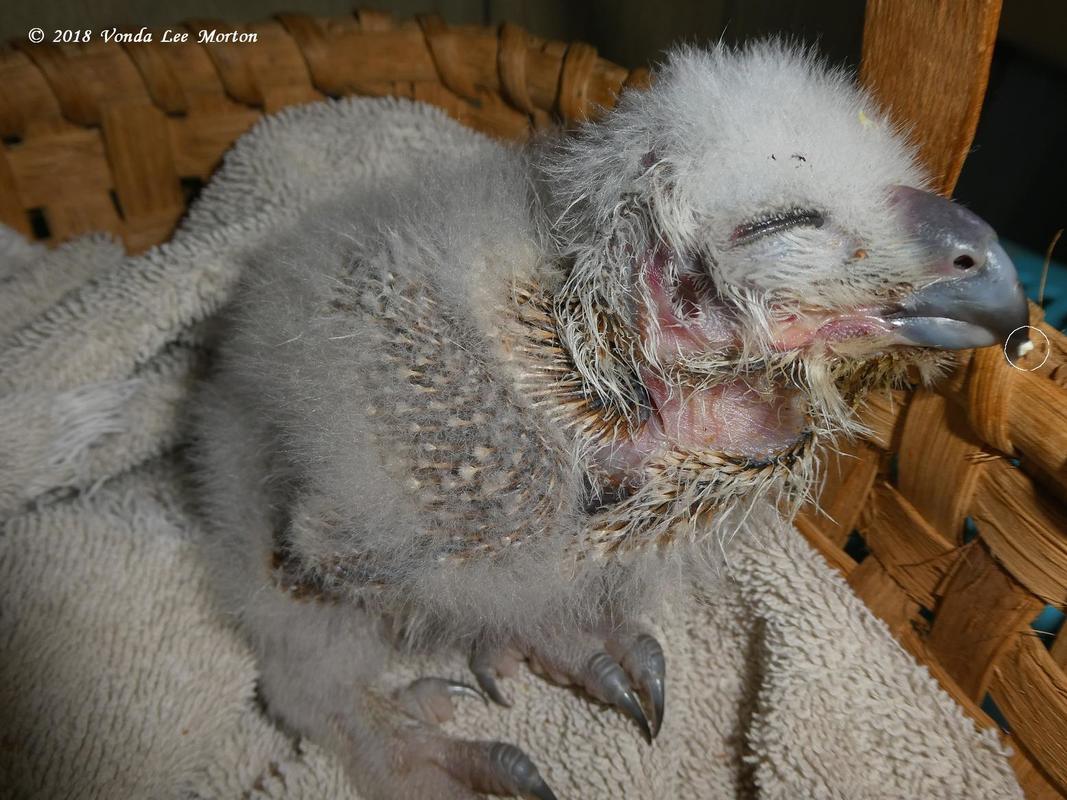
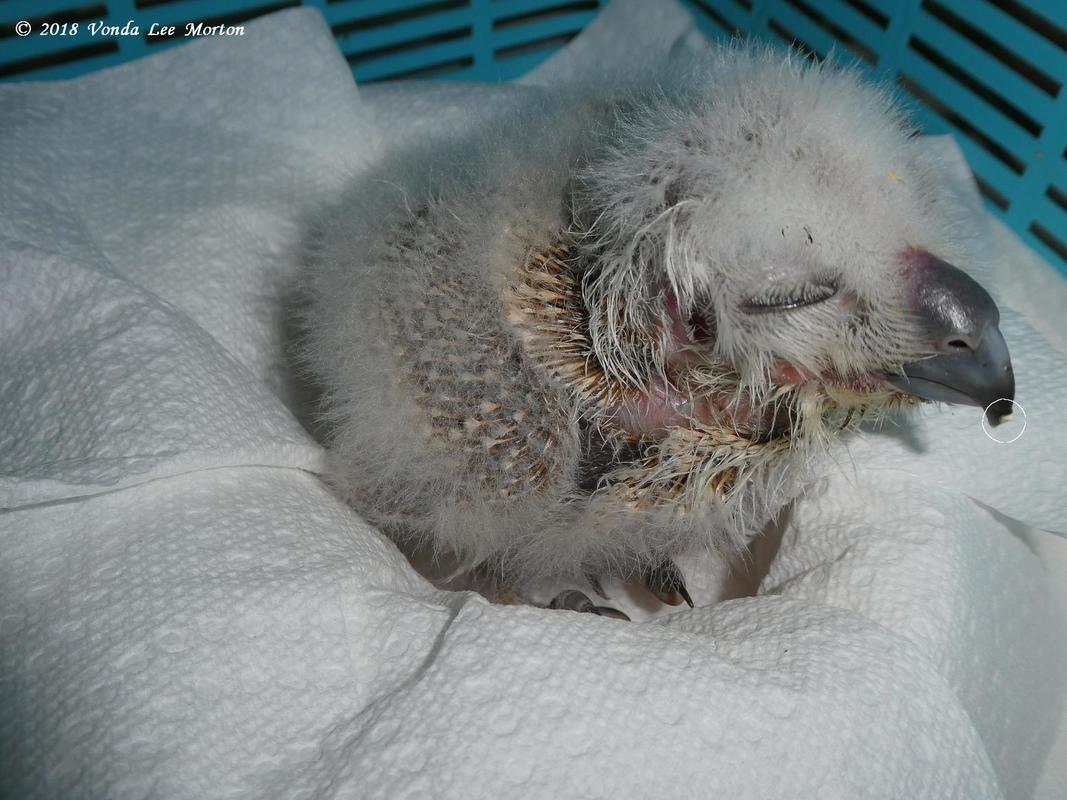
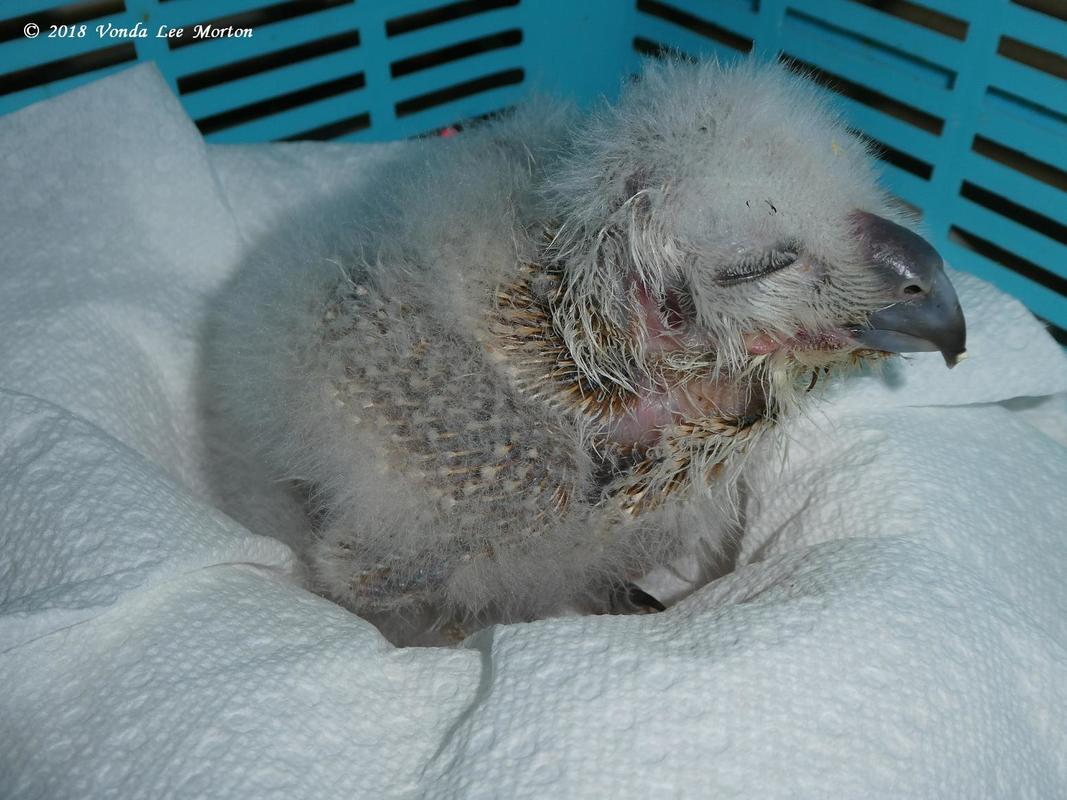
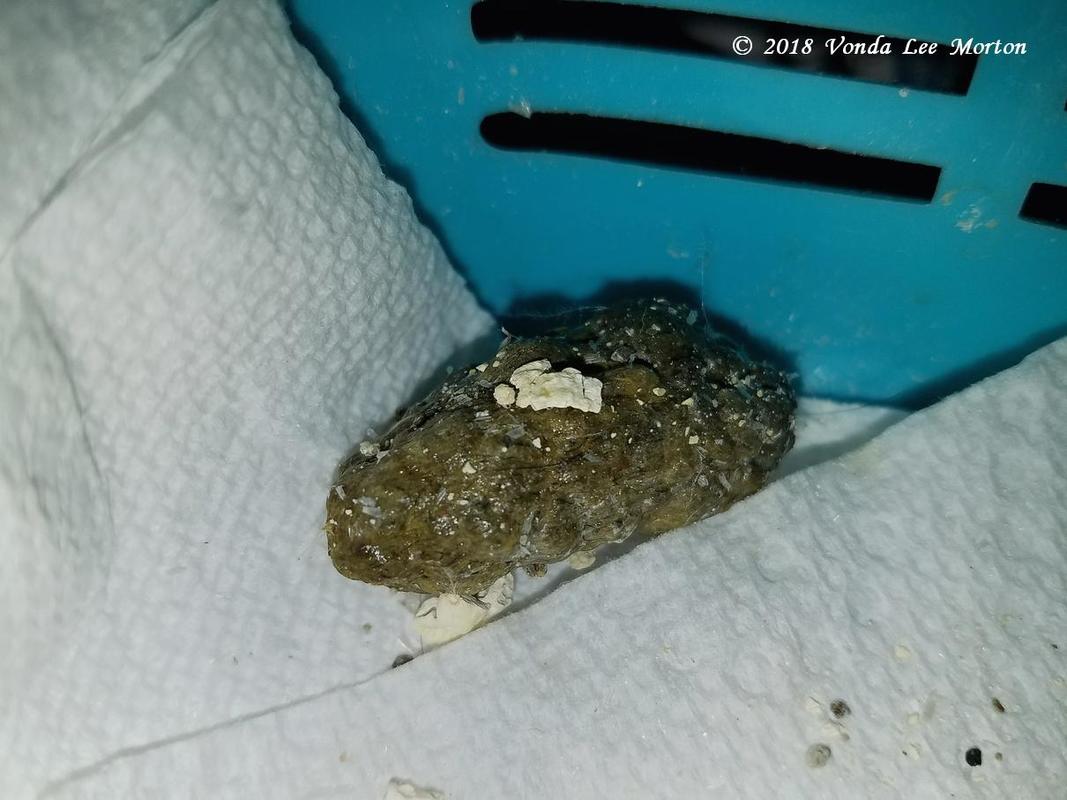

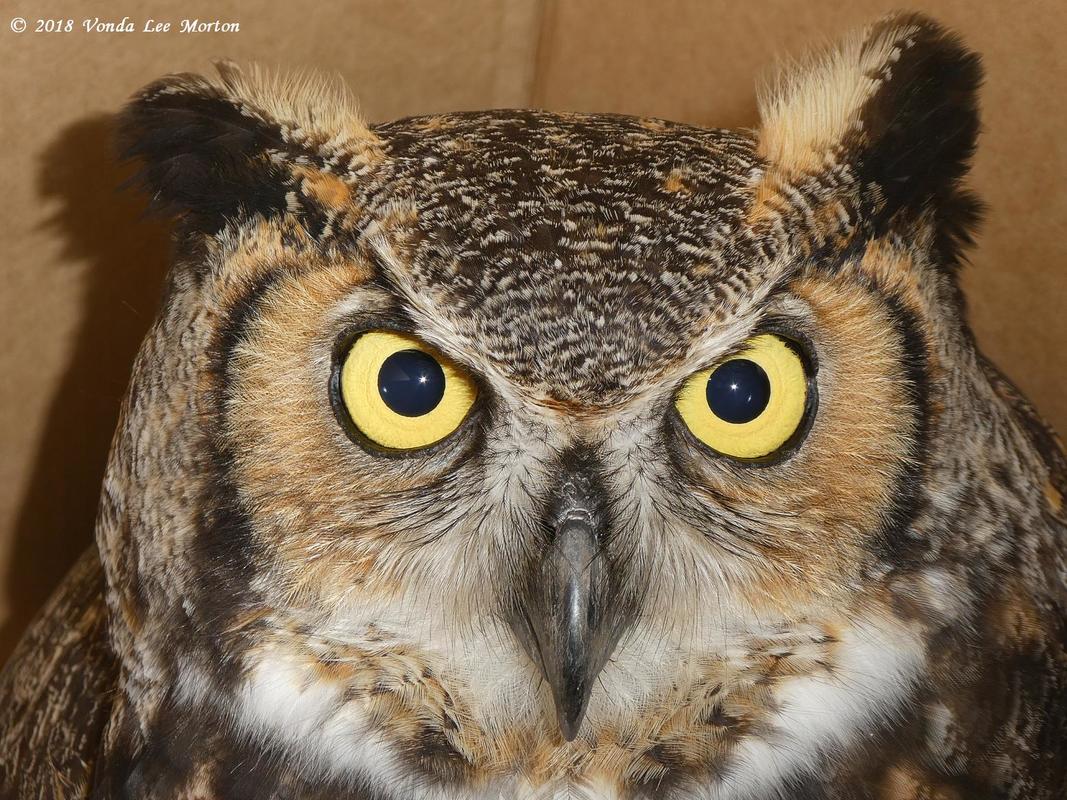
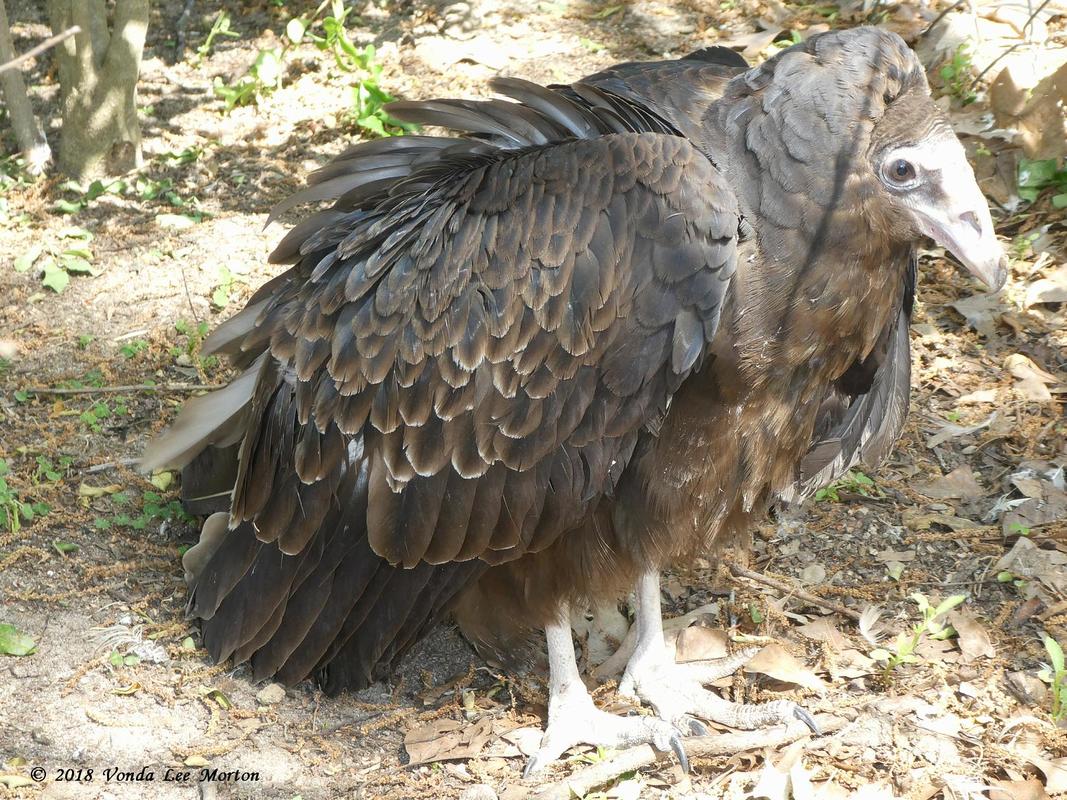
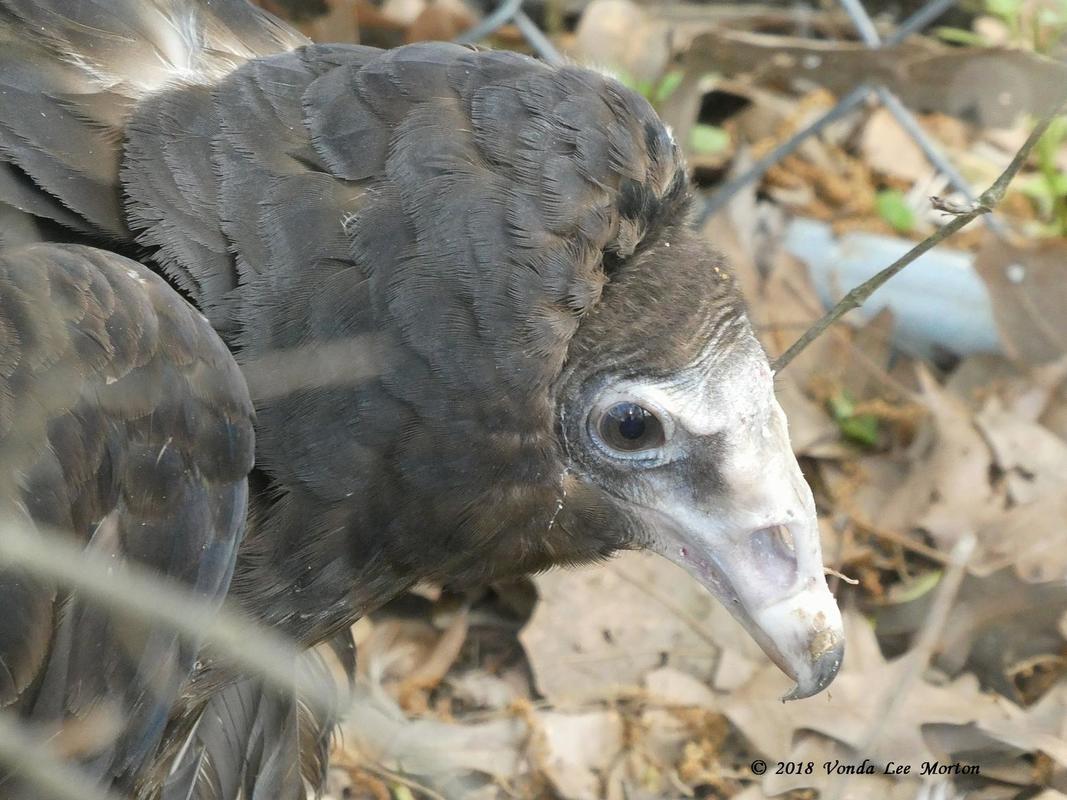
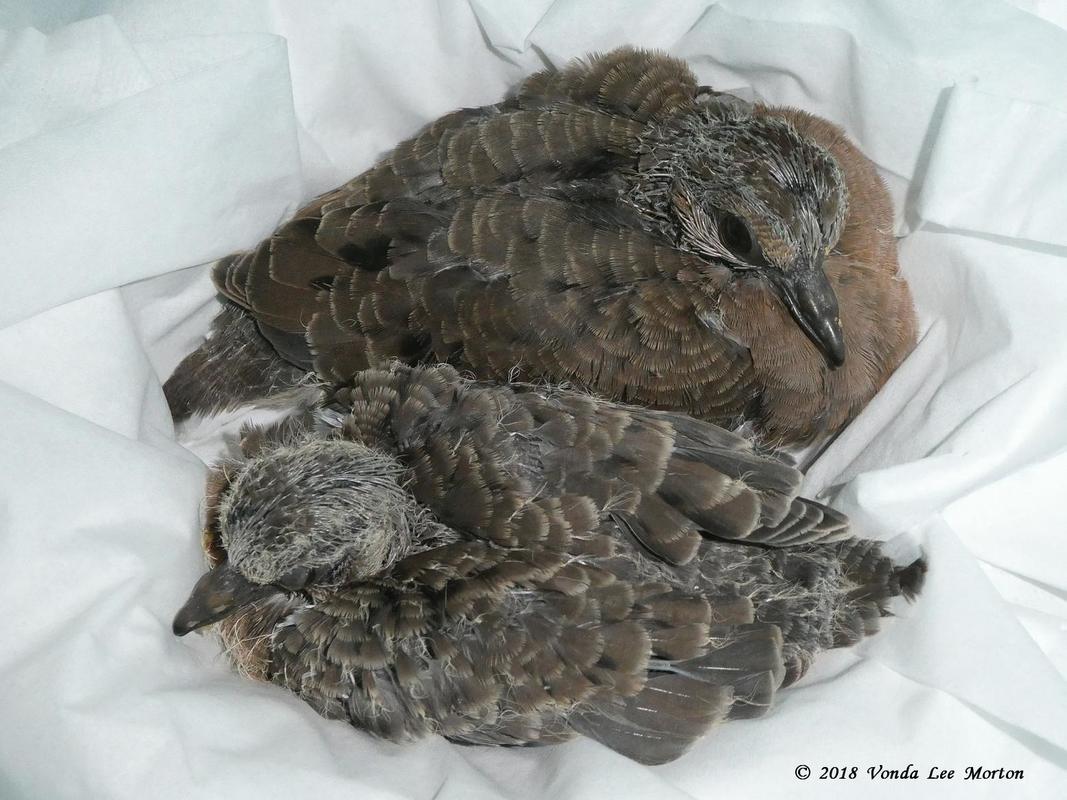
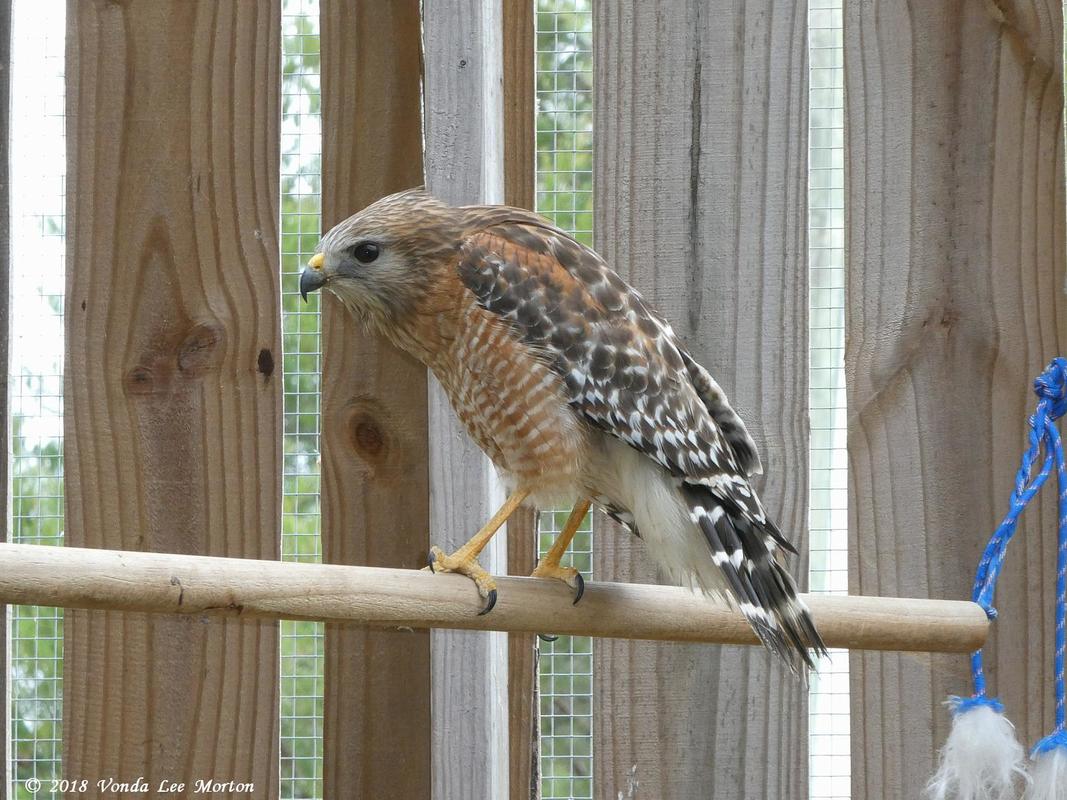
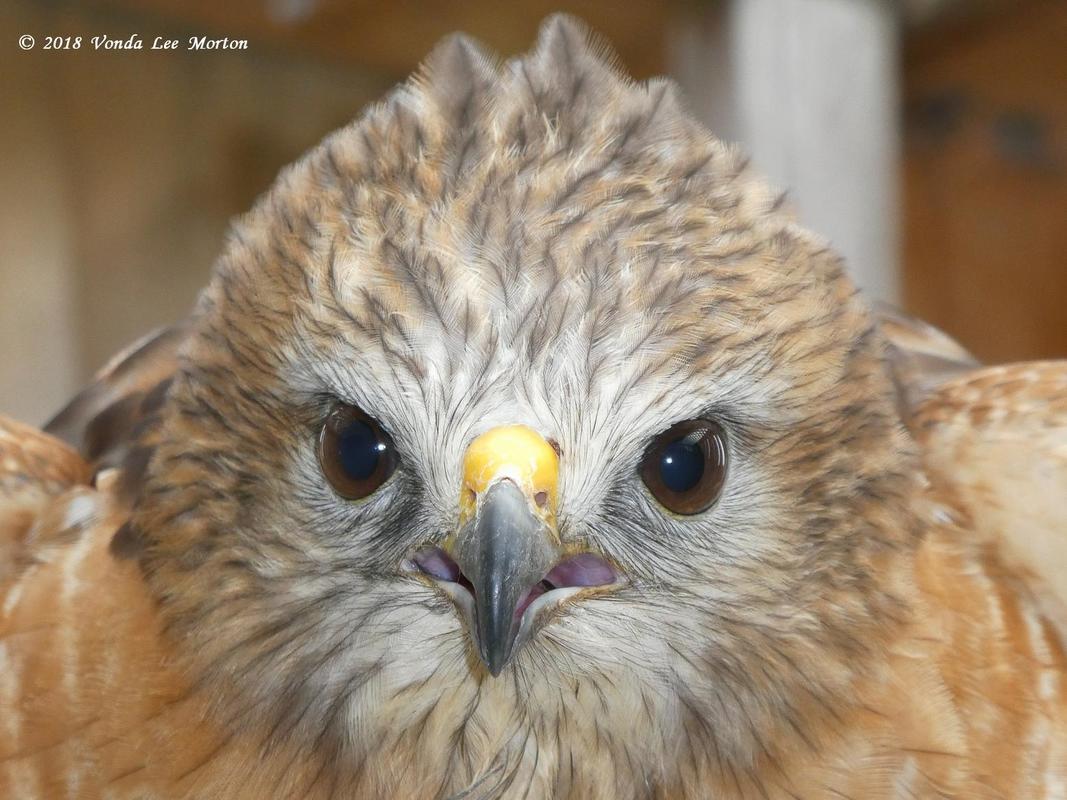
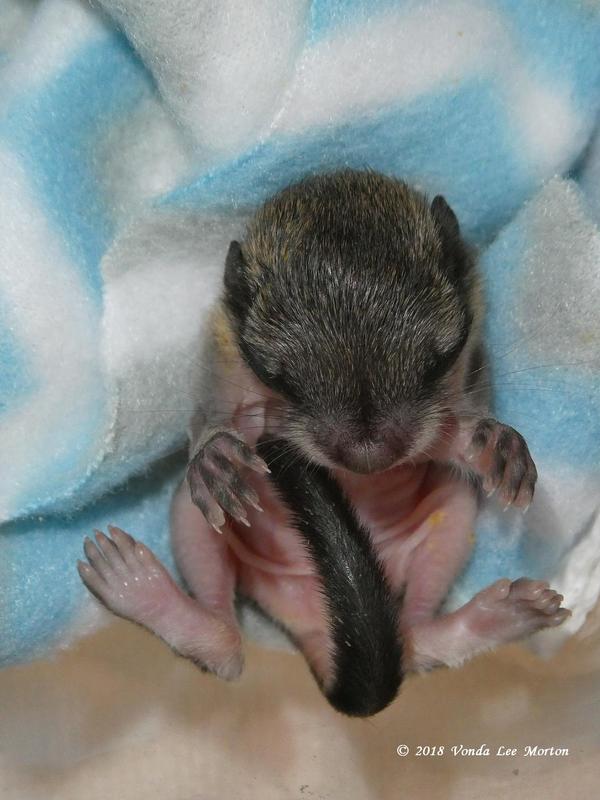
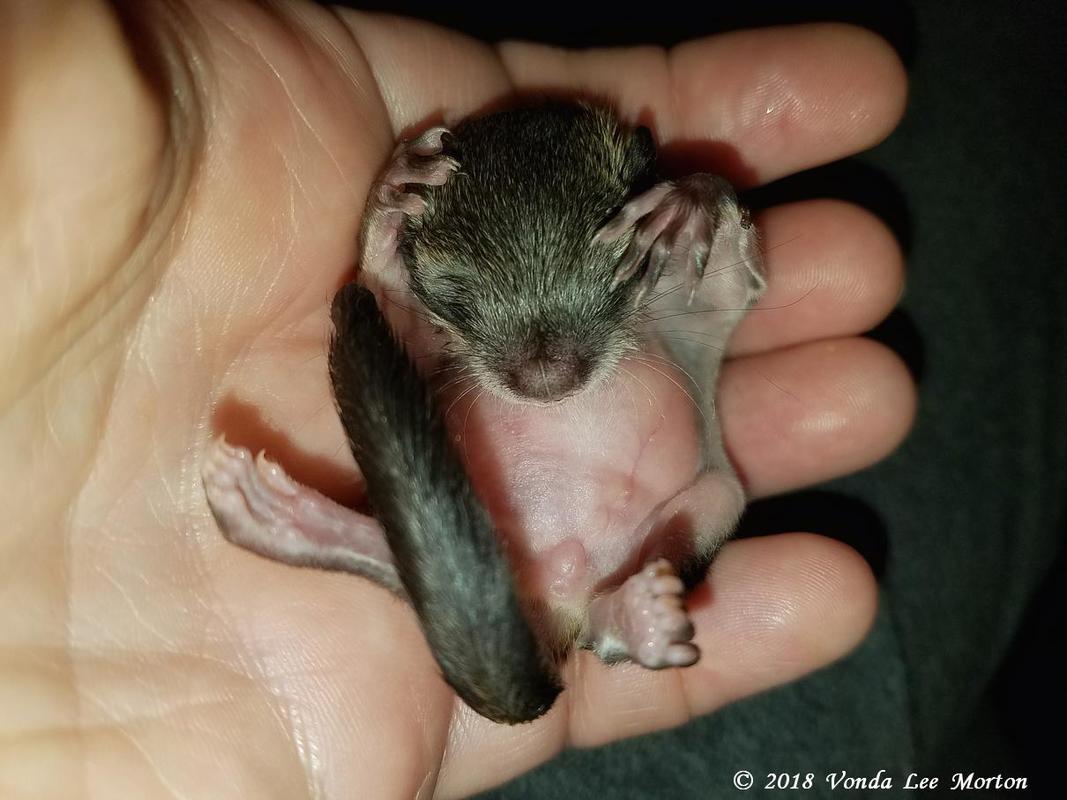
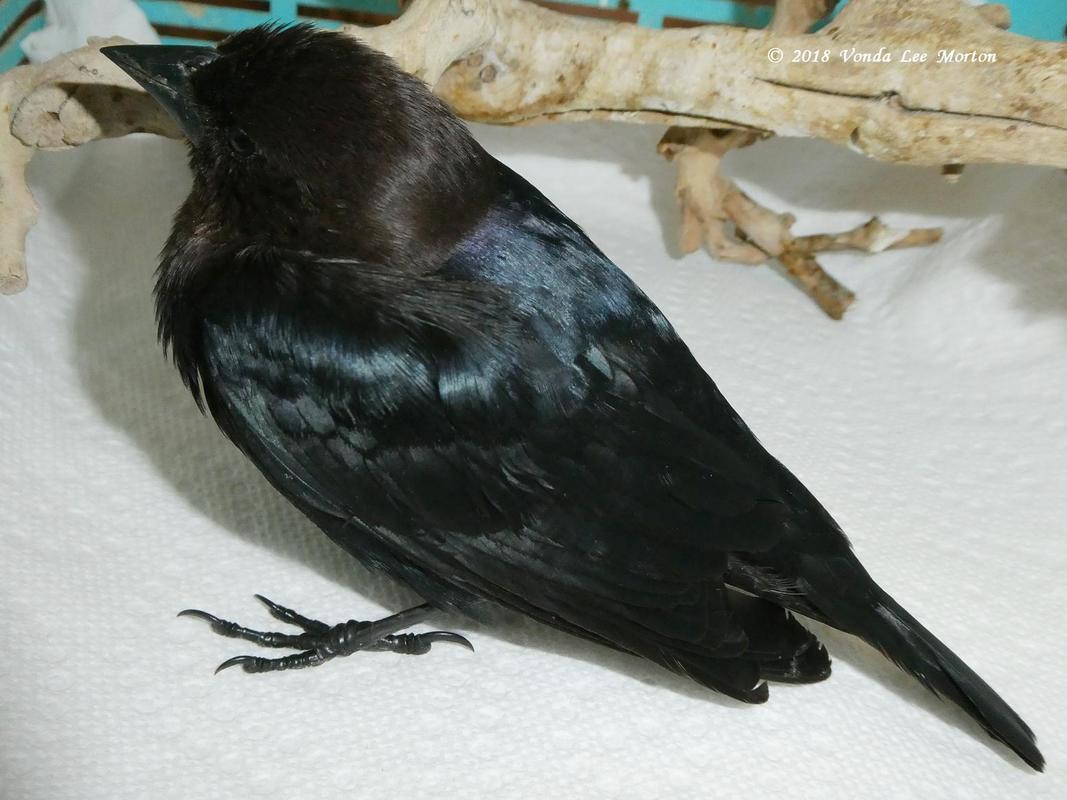
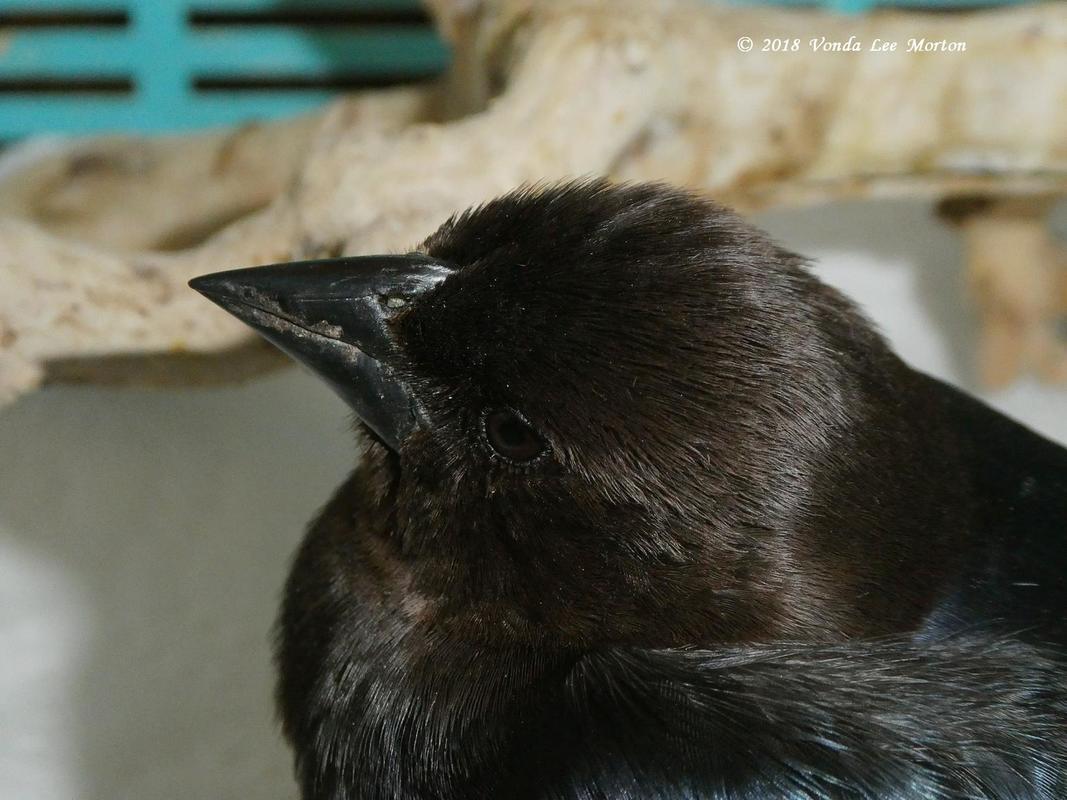
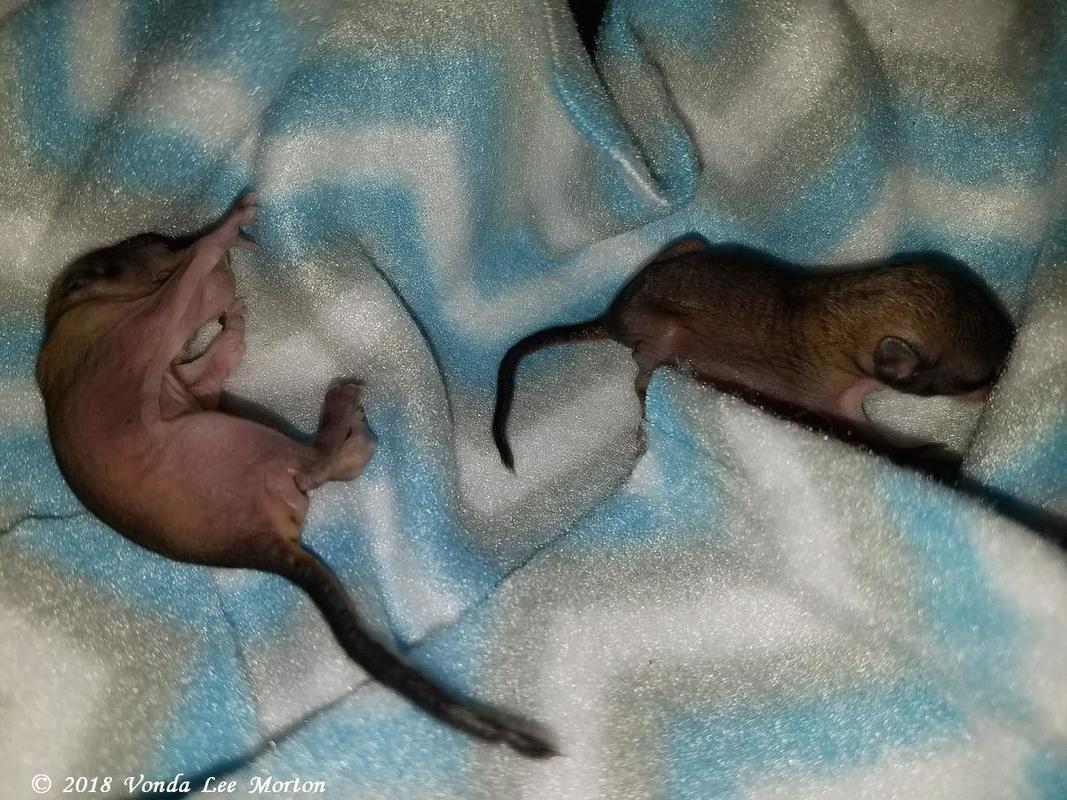
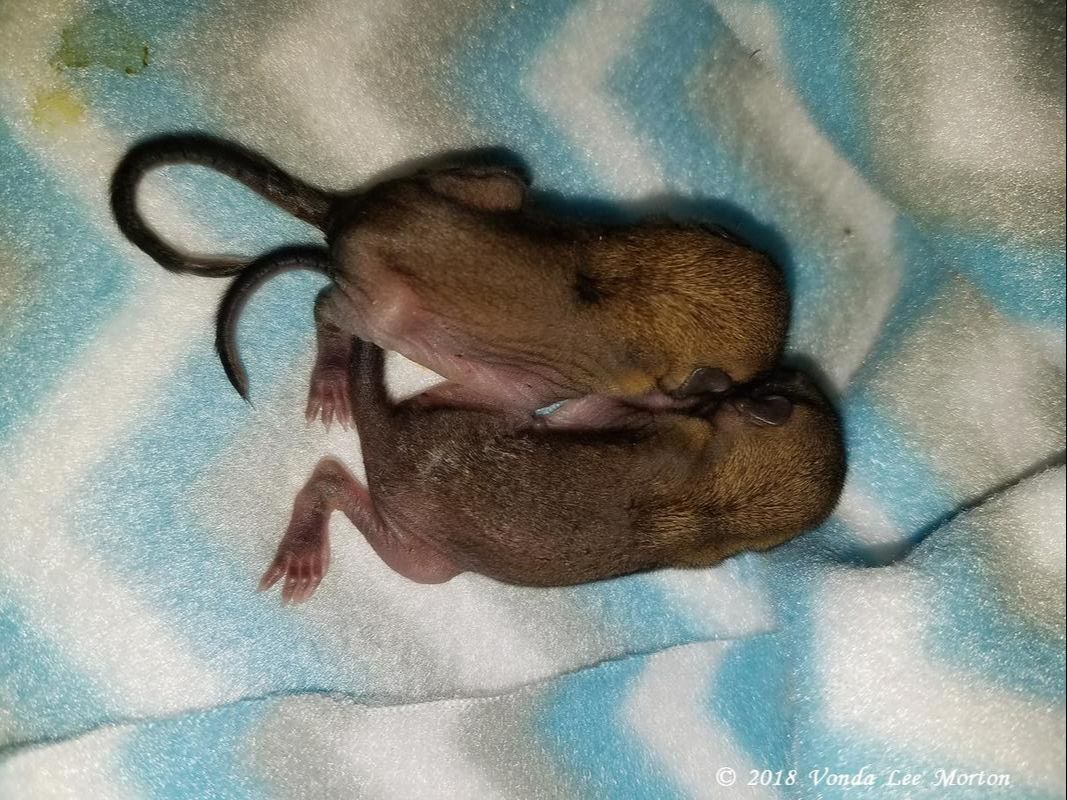
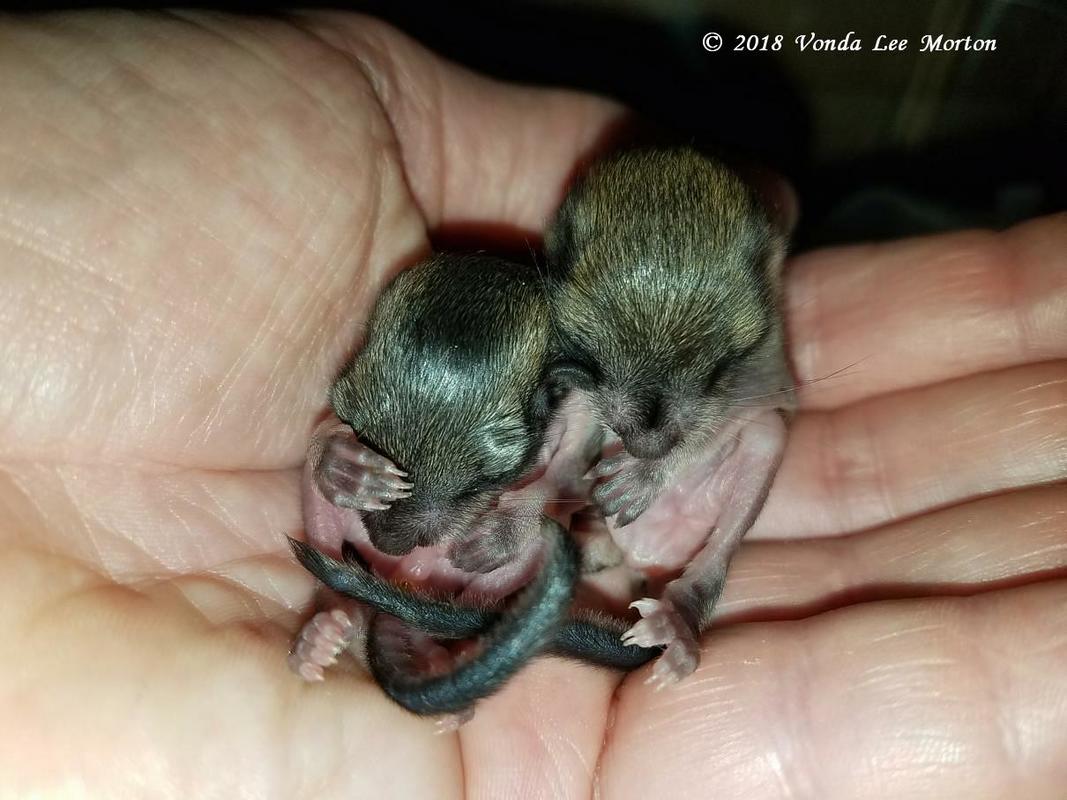
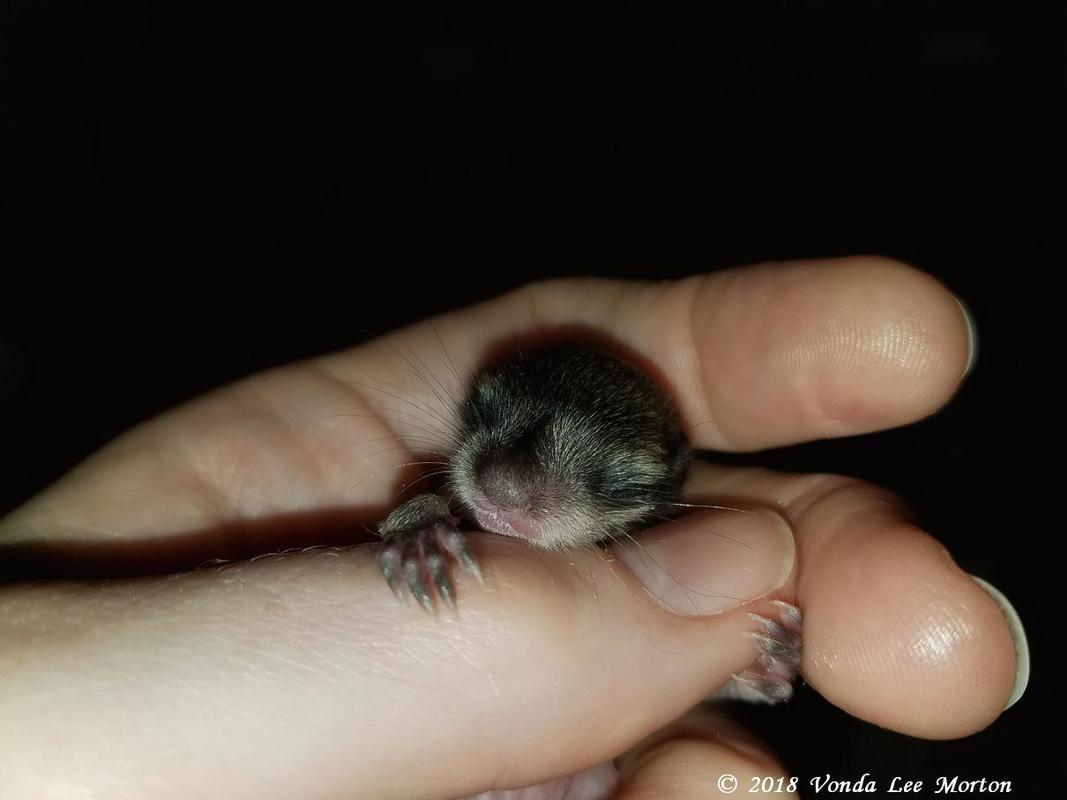
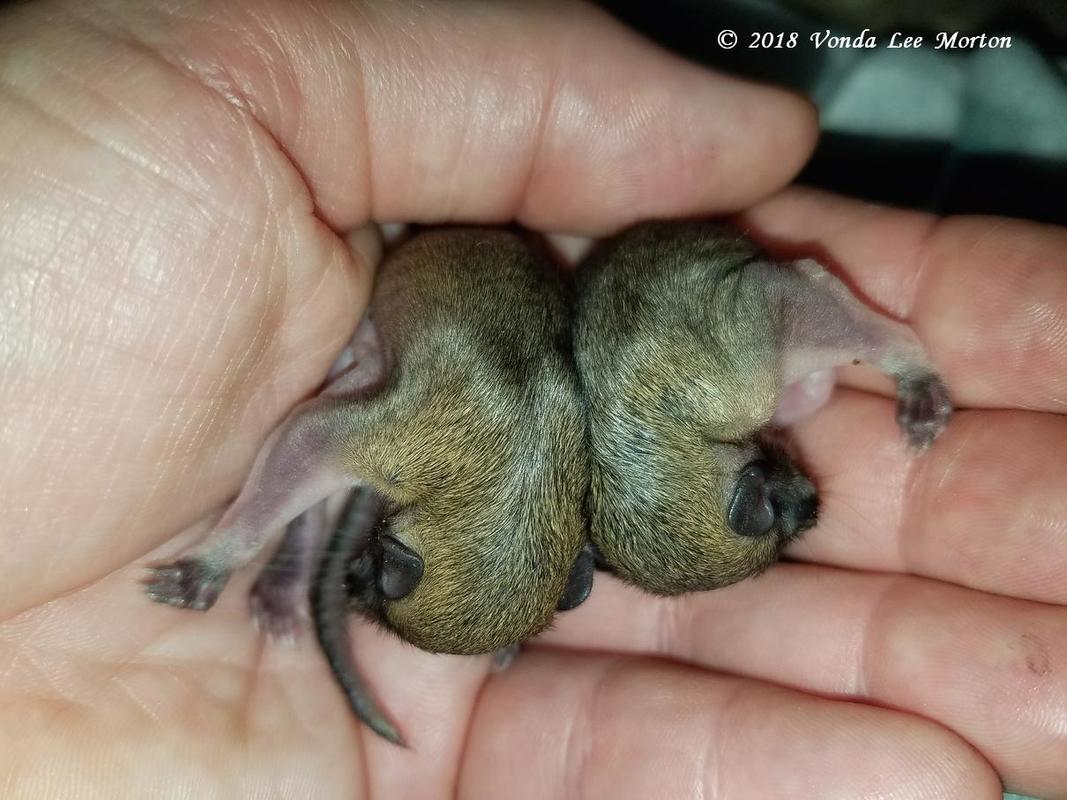
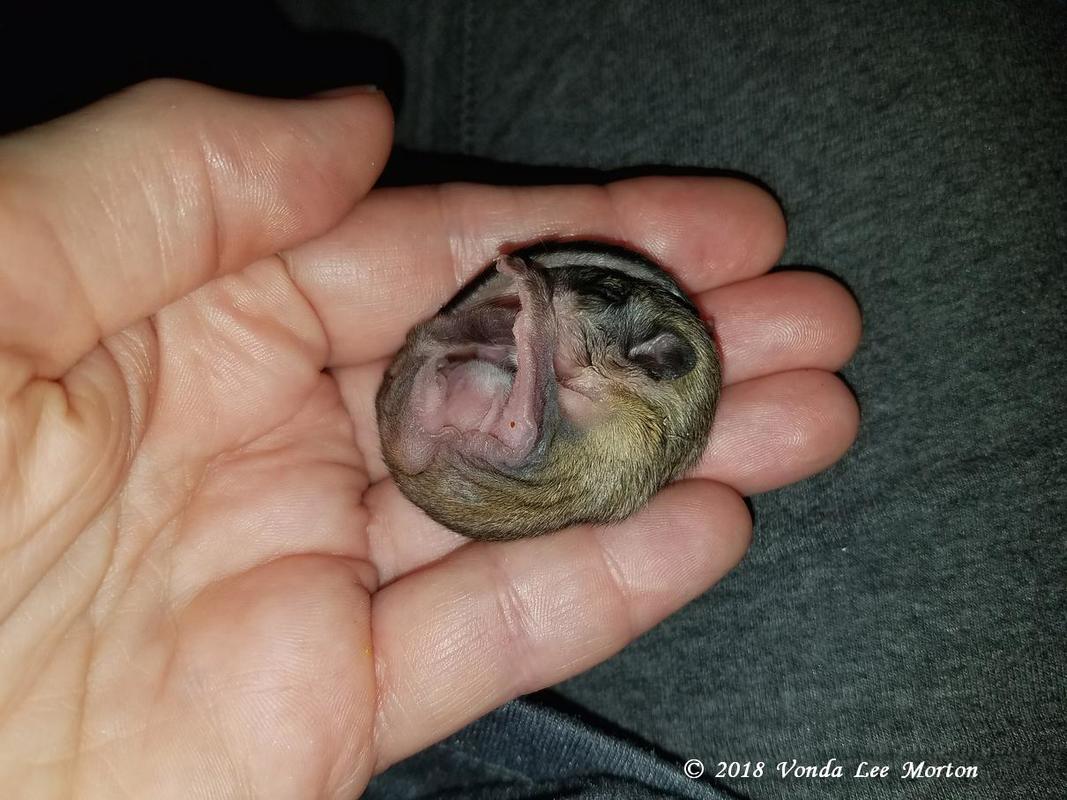

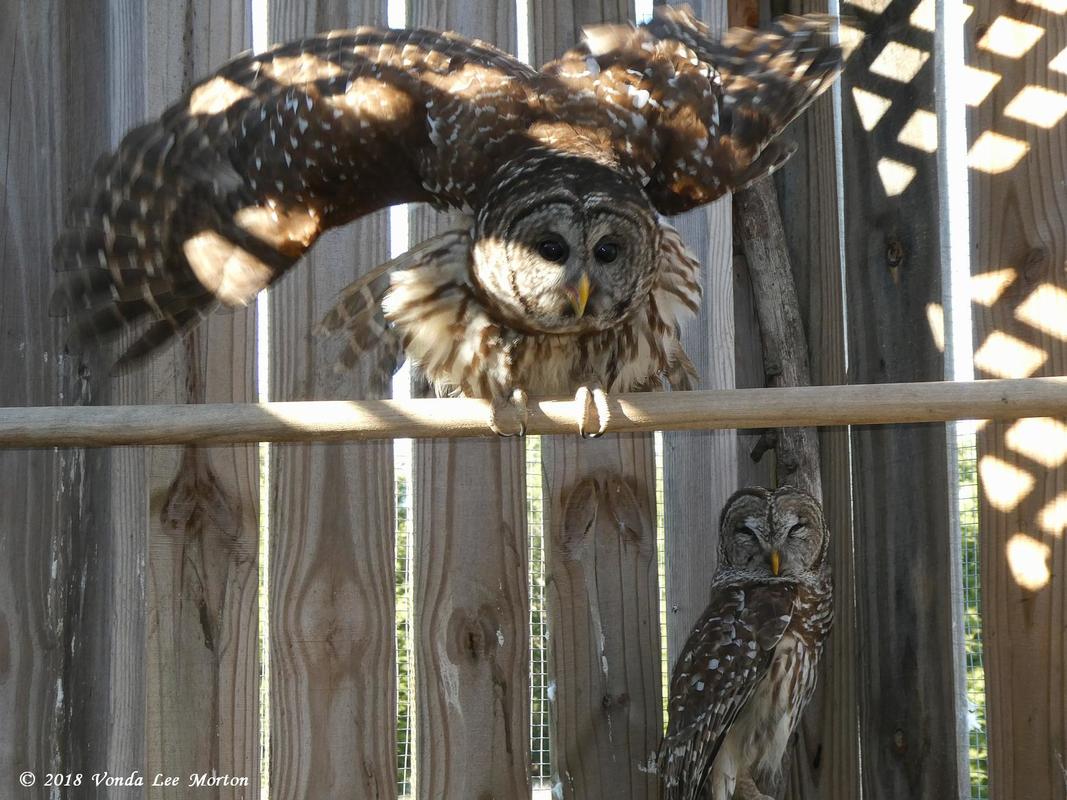
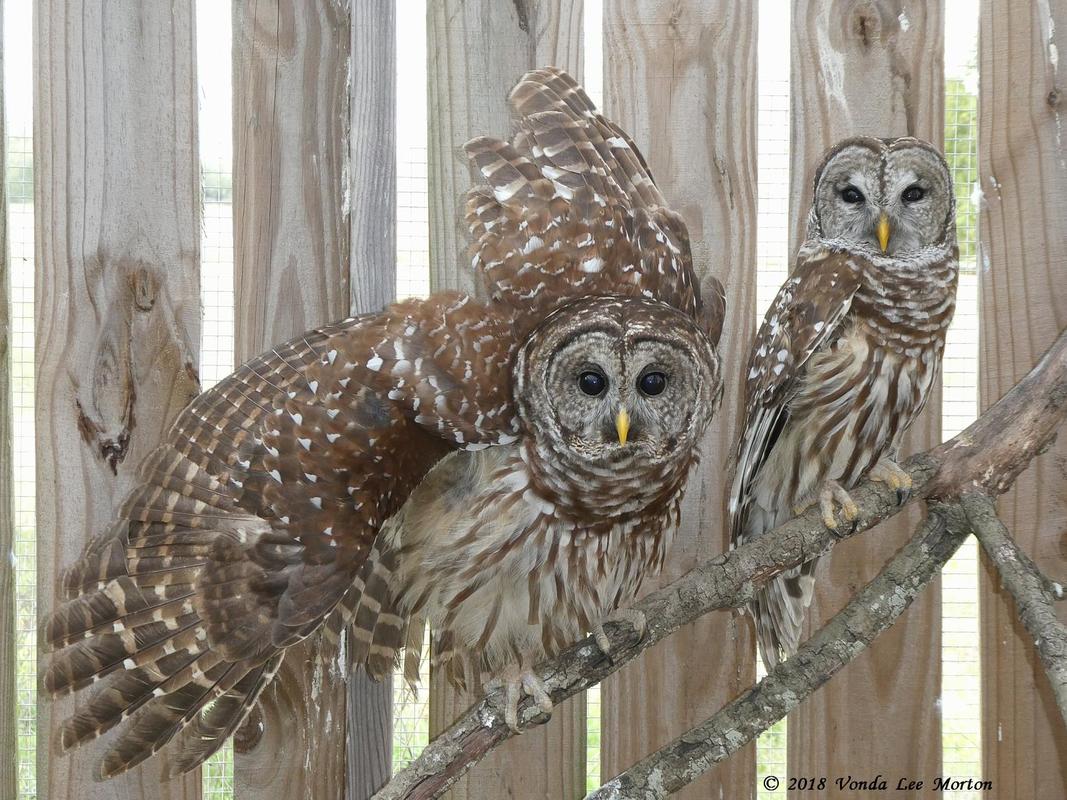
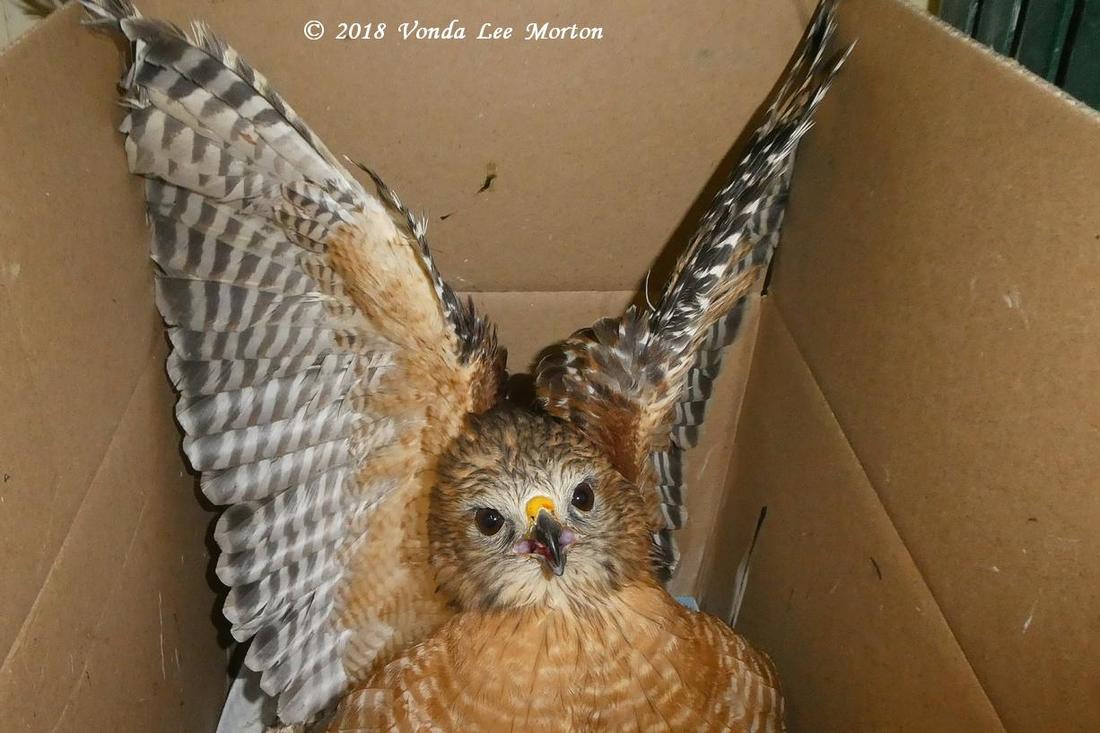
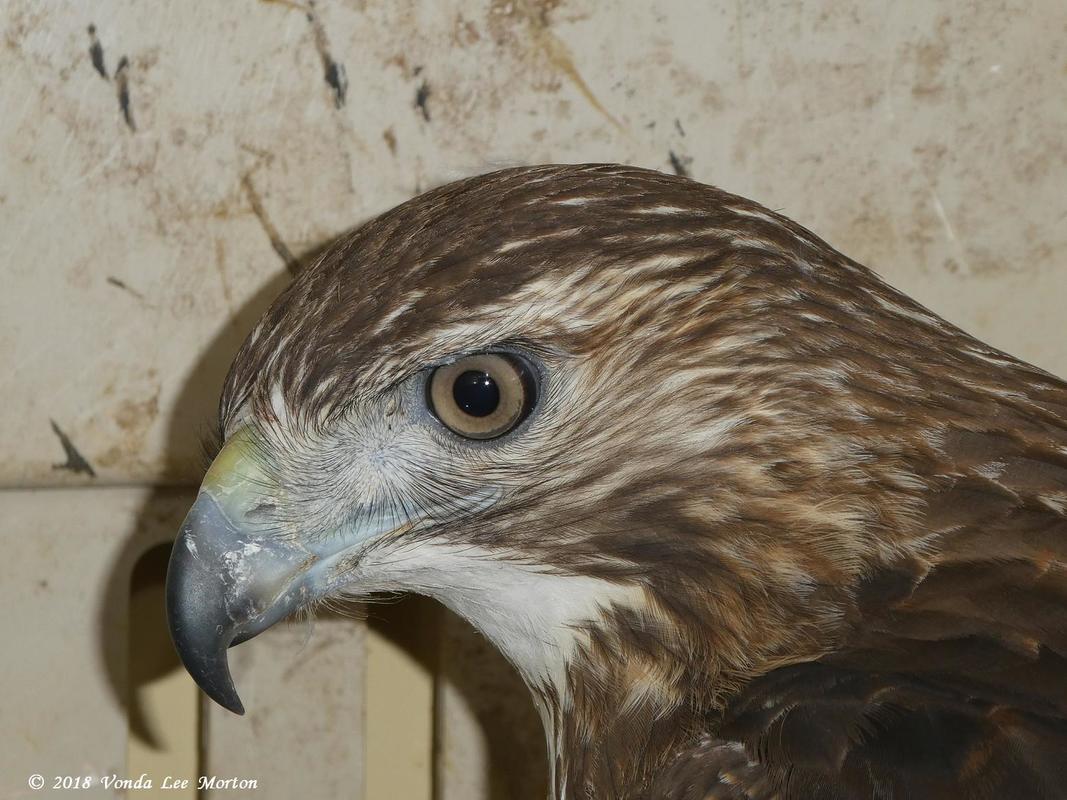
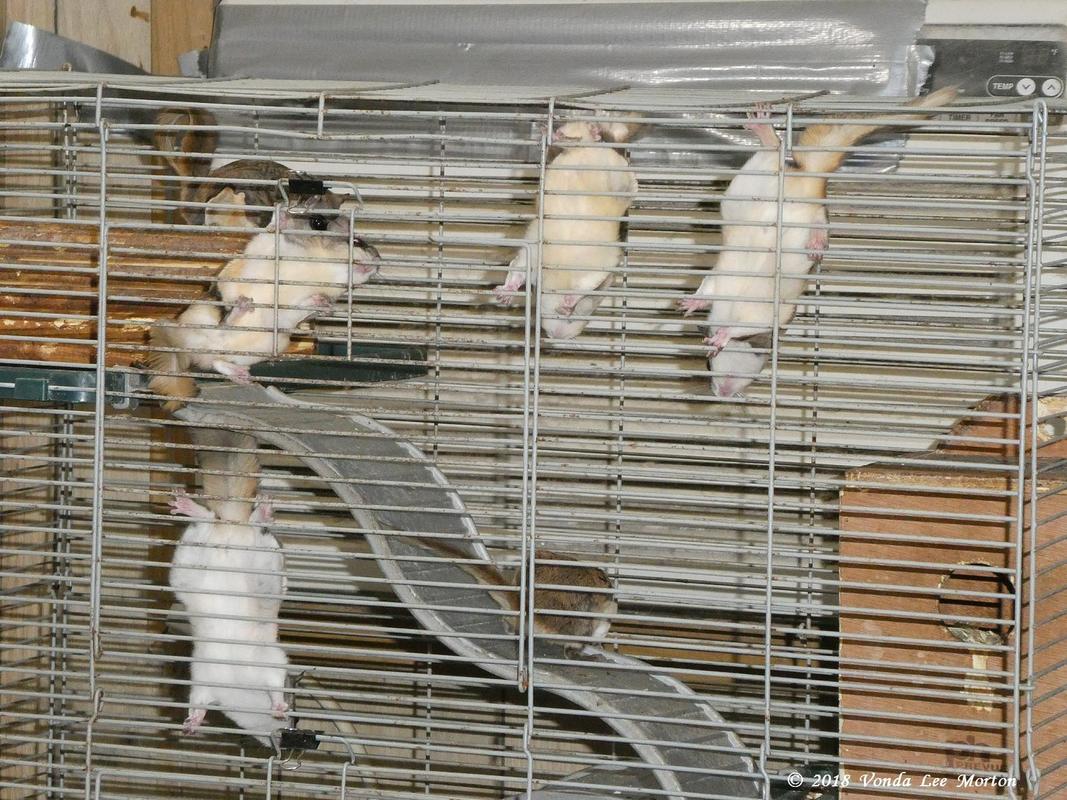
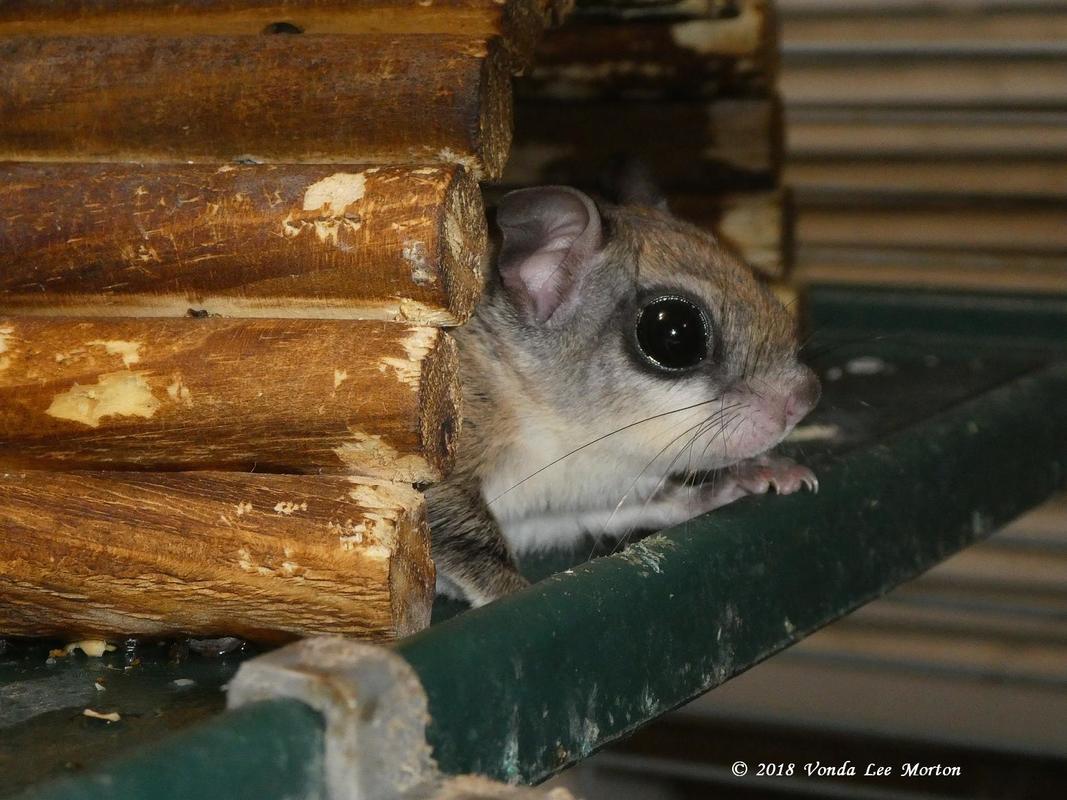
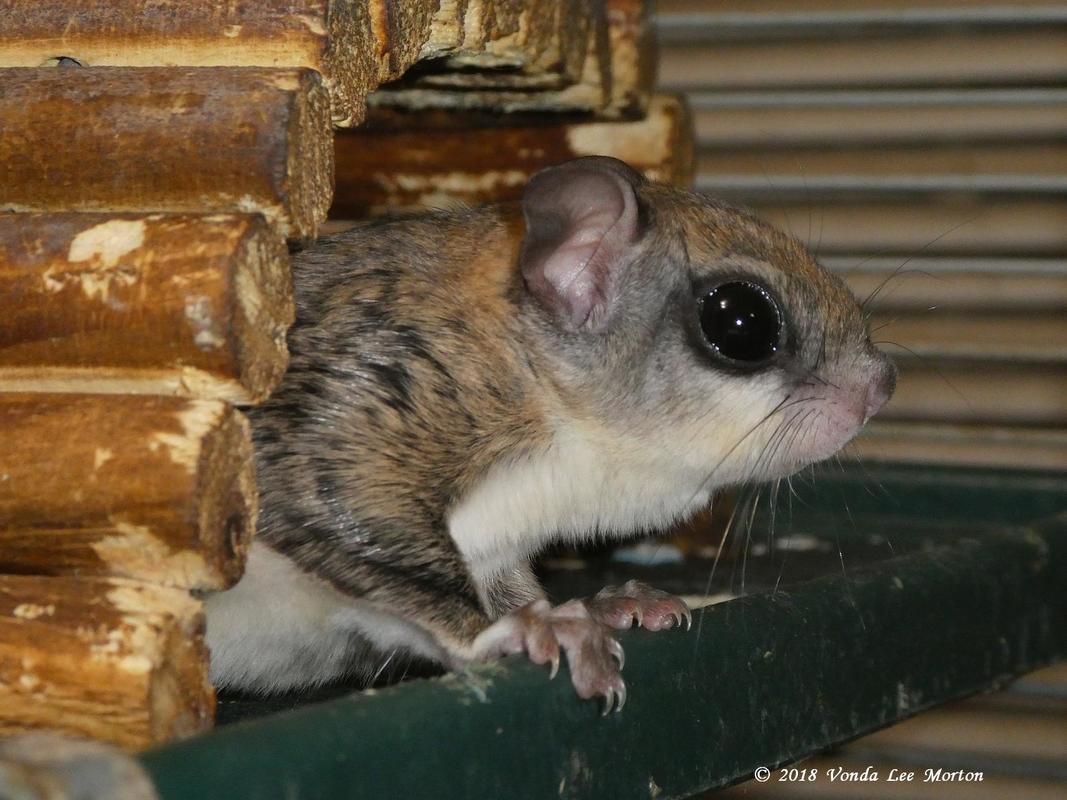
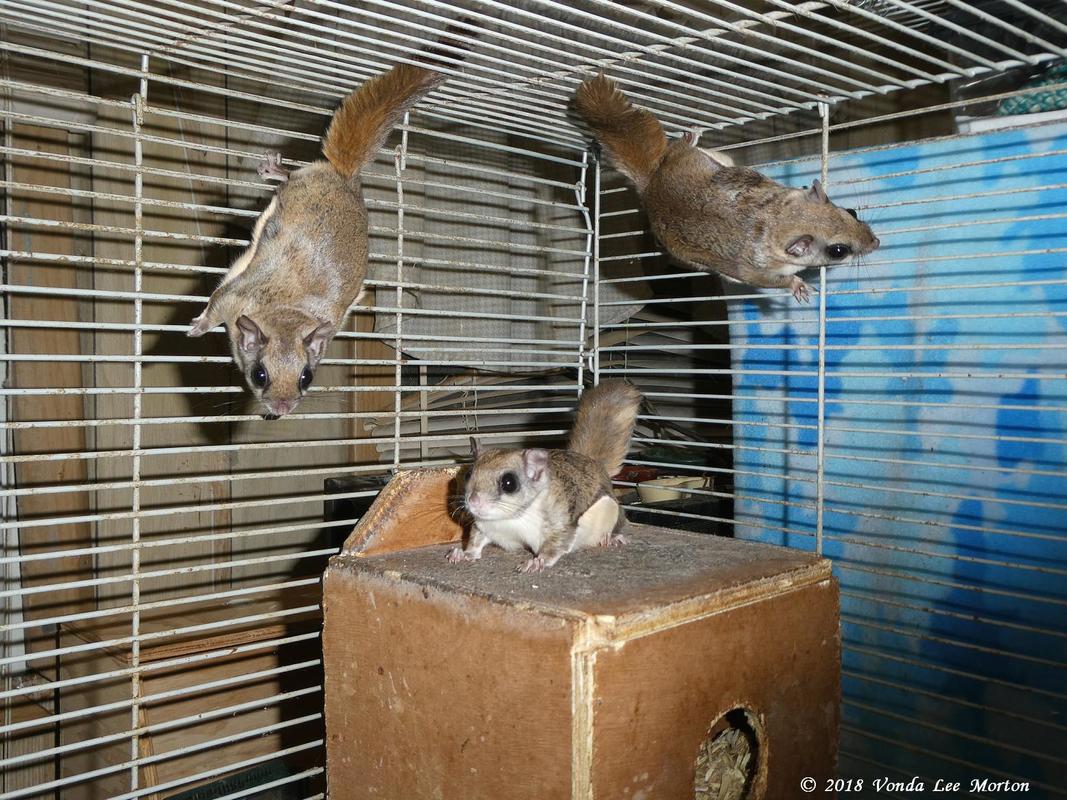
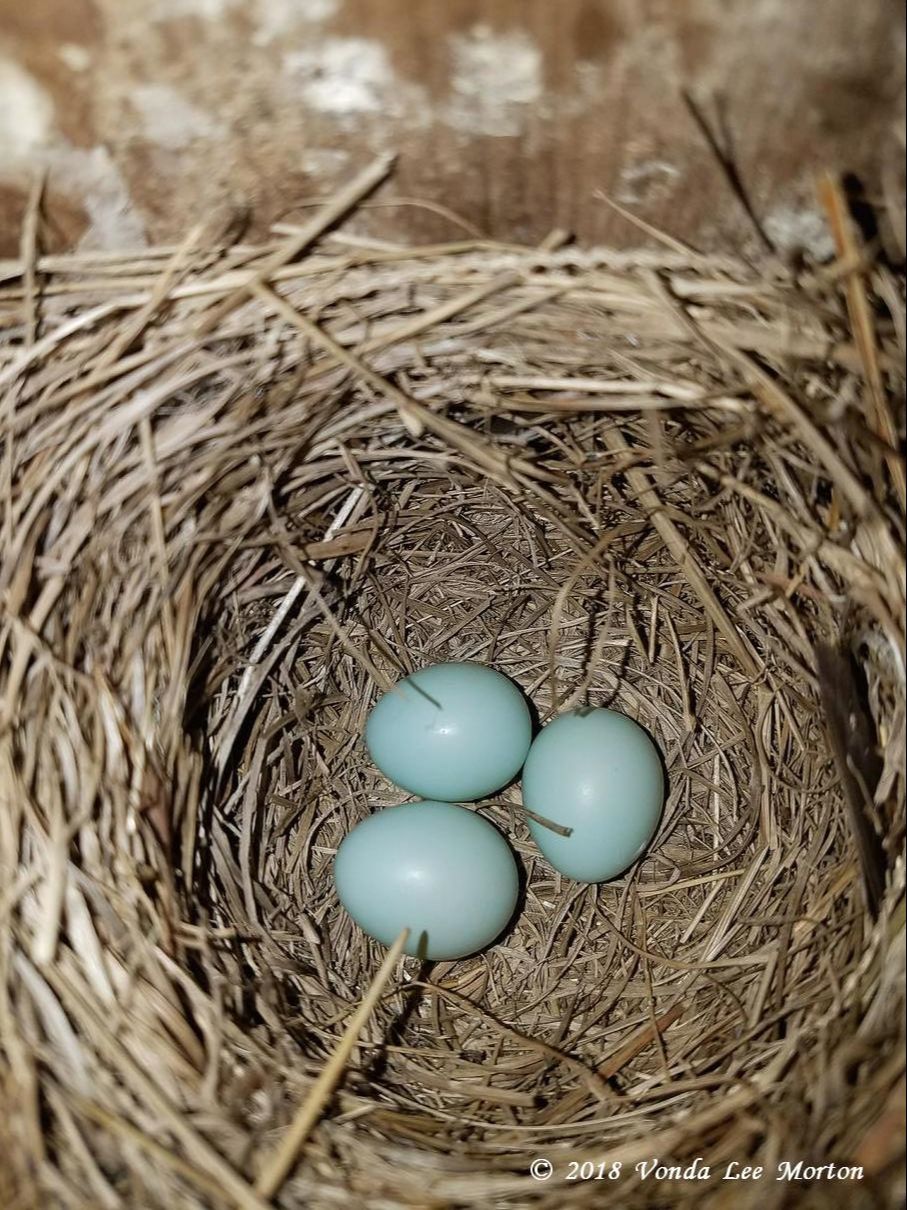
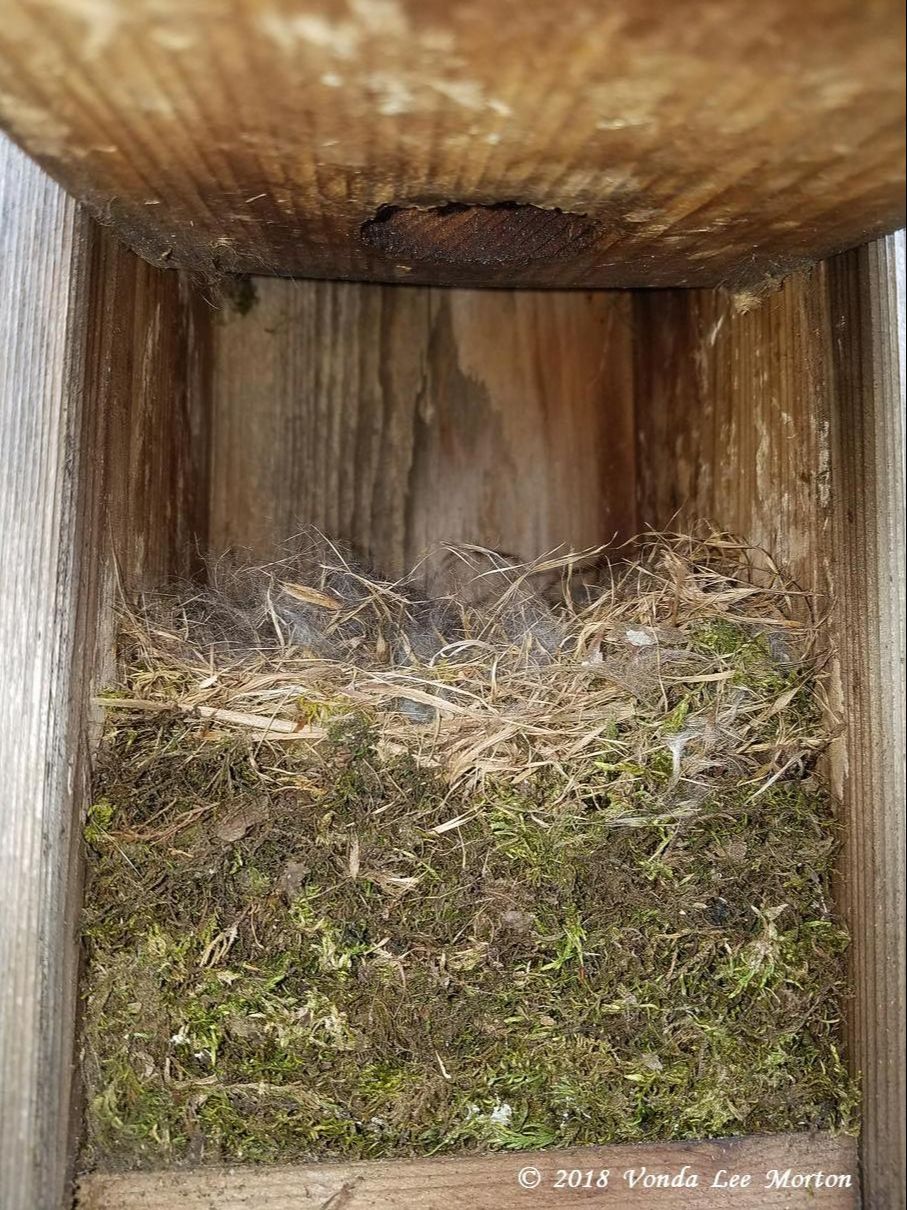
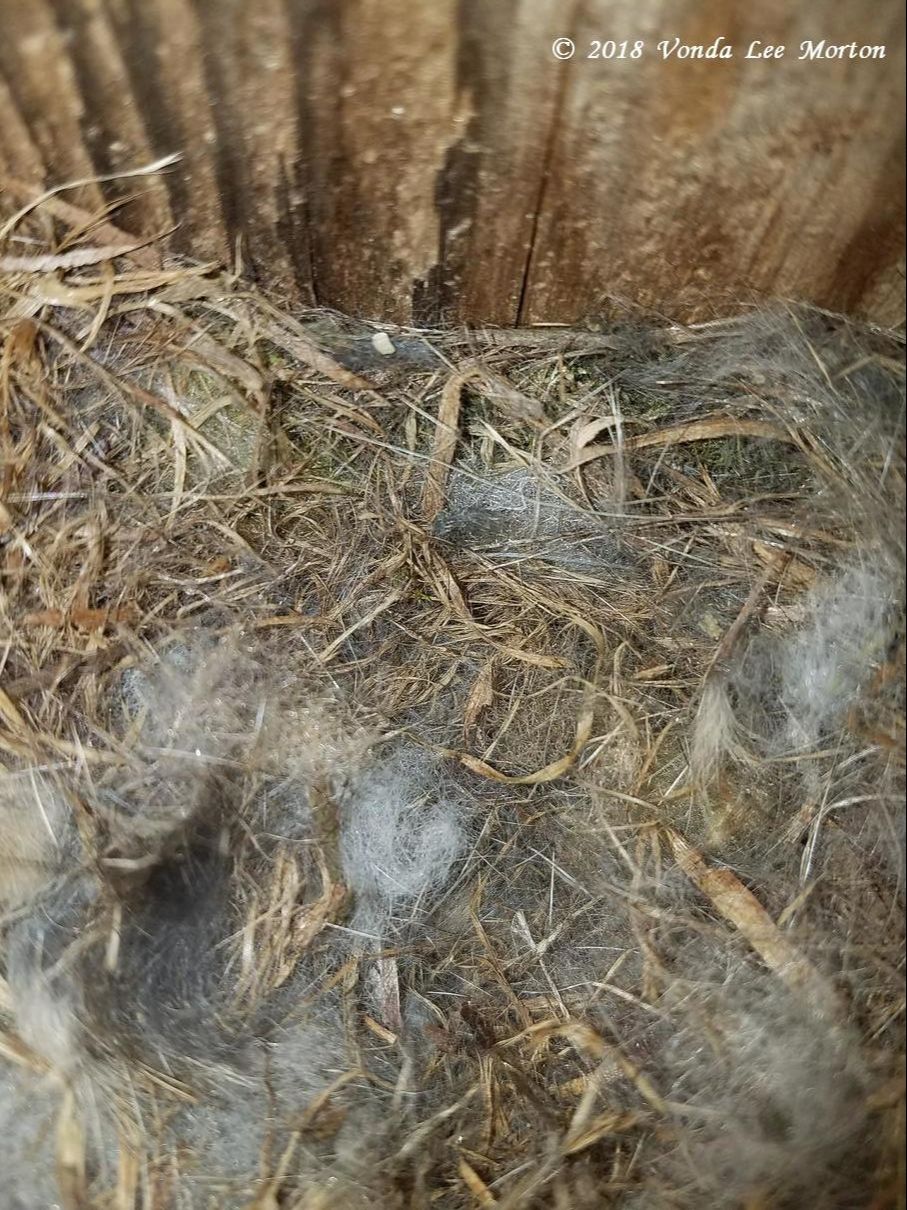

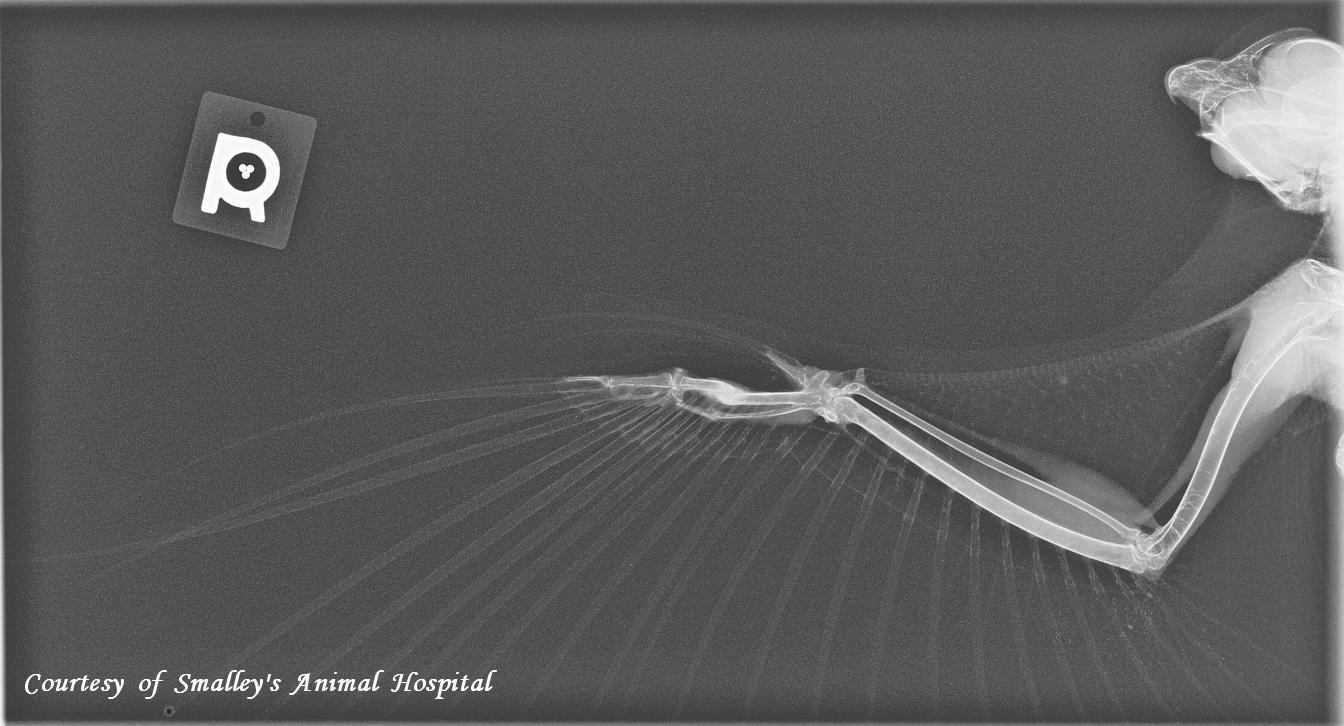
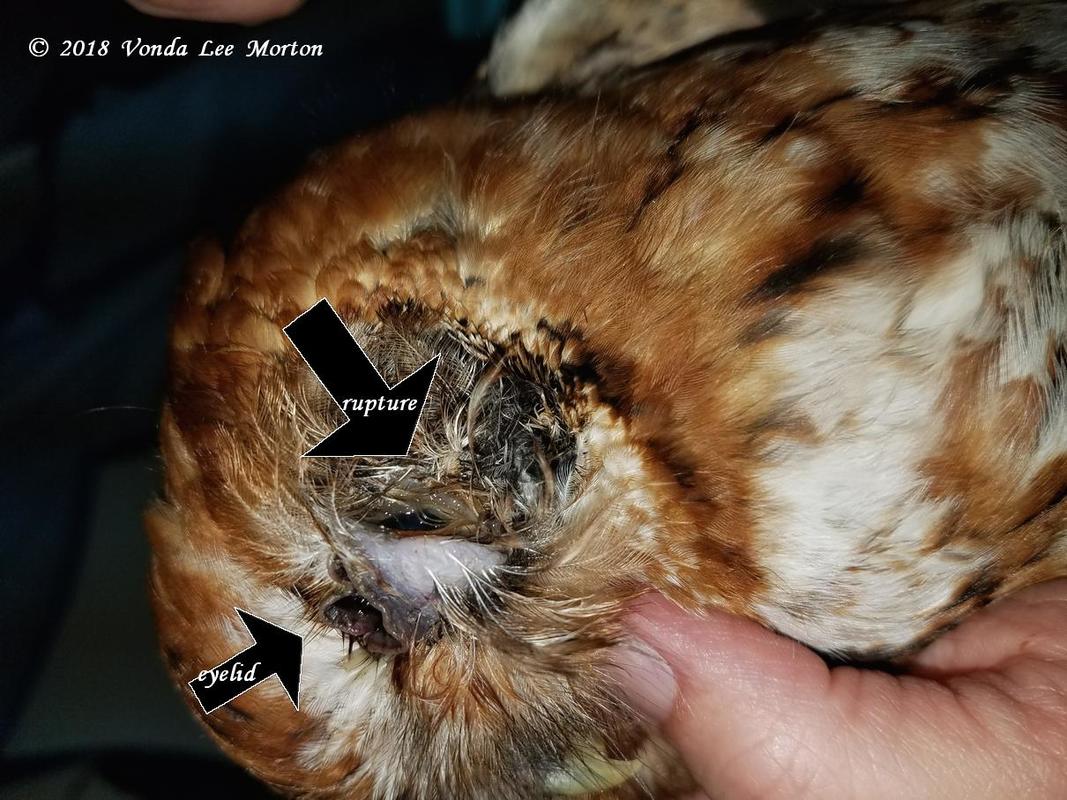
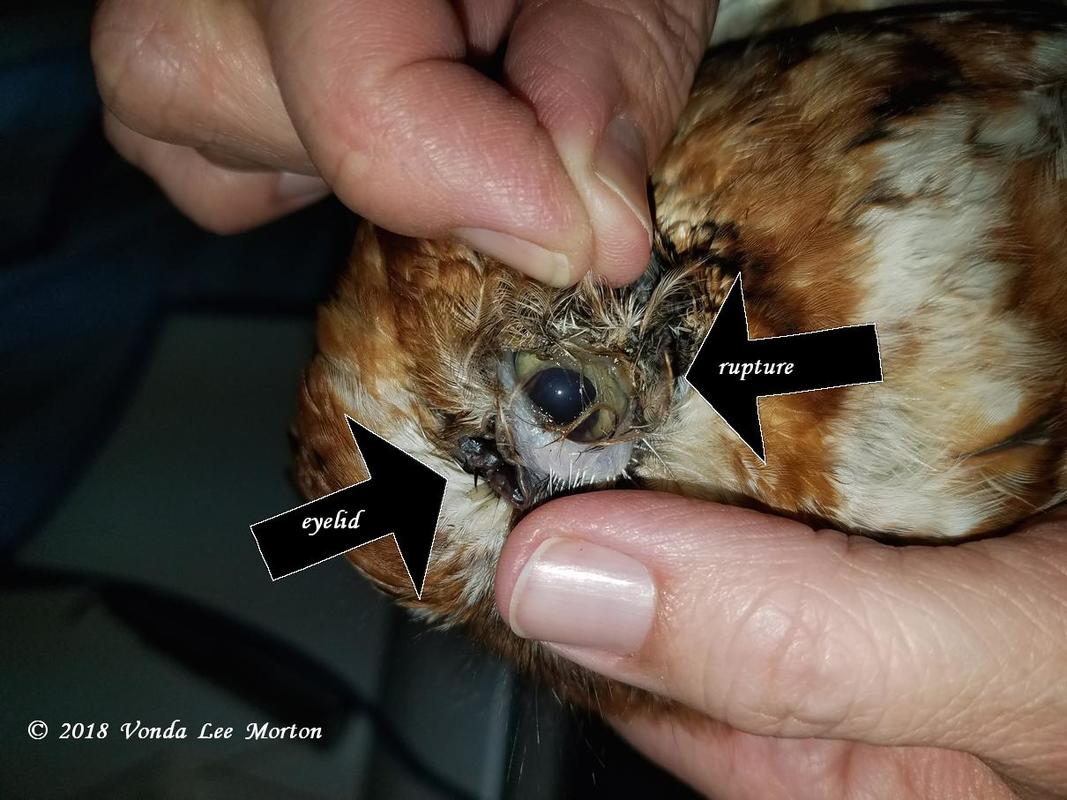
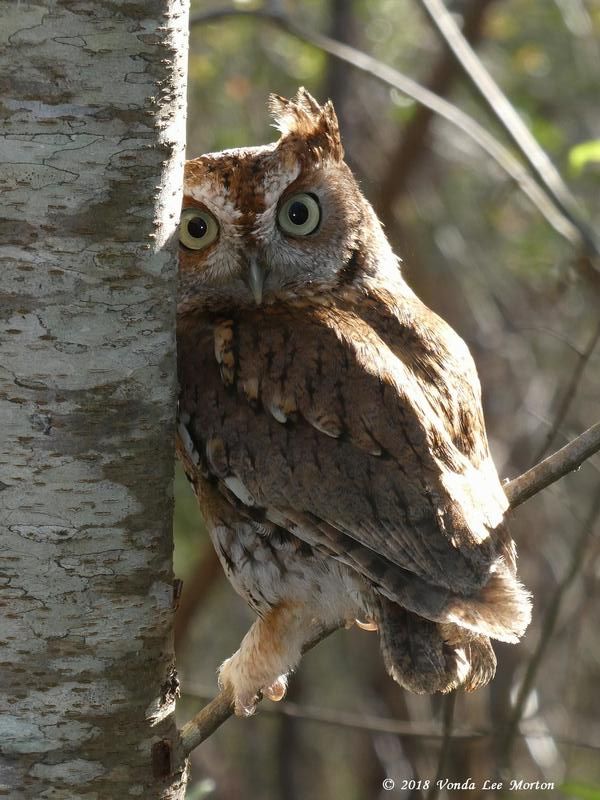
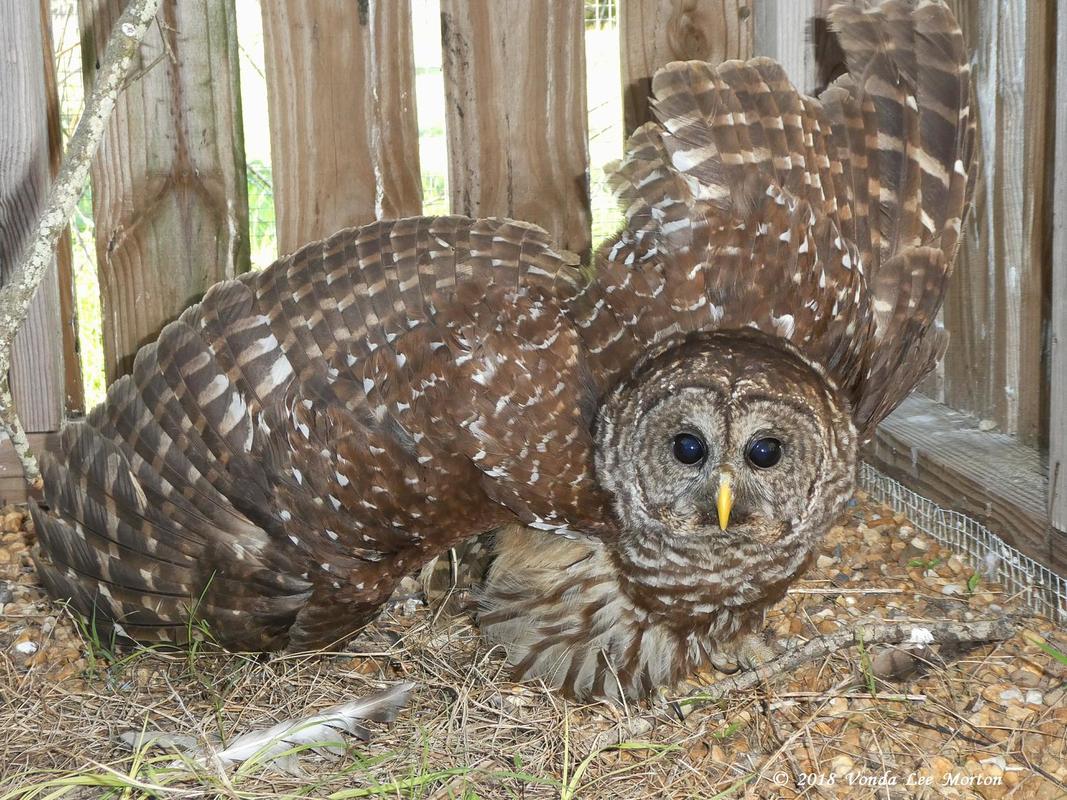
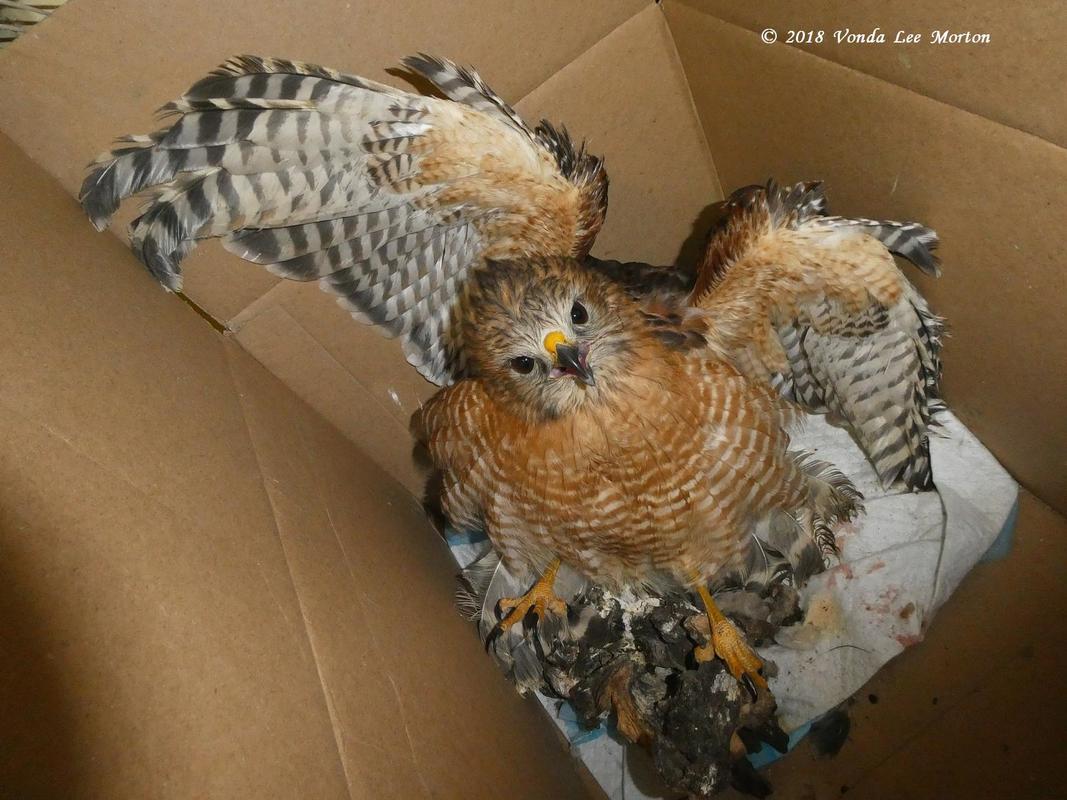
 RSS Feed
RSS Feed
